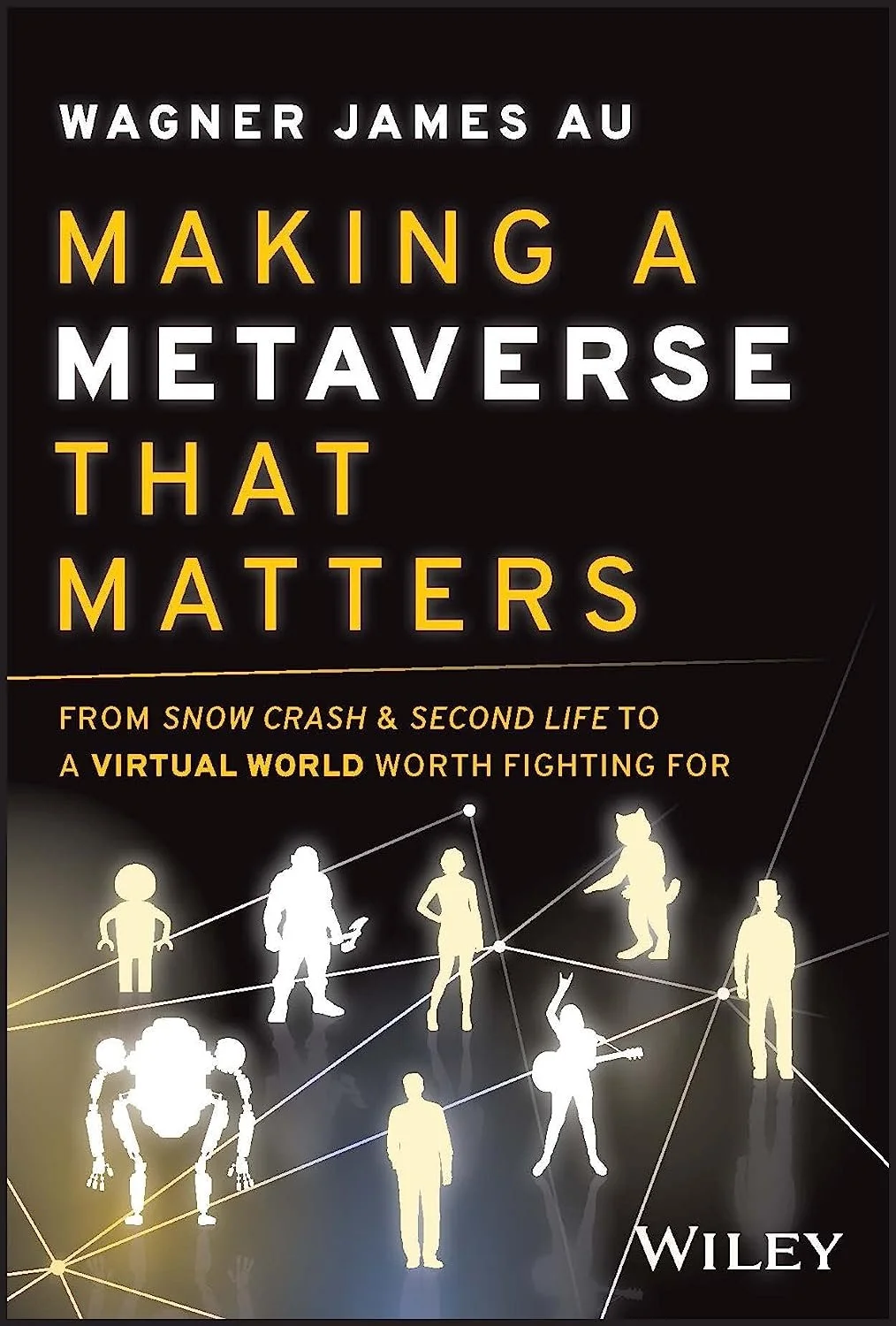This is a guide to understanding the collective virtual shared space known as a Metaverse, where people socialize, work, play, and engage in various activities using avatars or digital representations of themselves.
Coined by author Neal Stephenson, the term “MetaVerse” refers to a virtual reality in which users interact and engage with digital content and other users. An imaginary environment explored in science fiction for decades, it is fast approaching actuality with recent advances in augmented reality, blockchain technology, and artificial intelligence.
Wagner James Au, a journalist imbedded in the making of the first metaverse platform to achieve mainstream awareness (Second Life), reviews current platforms like Roblox, Fortnite, VRChat, and Lamina1, and questions why Facebook embraced the Metaverse so much it changed its name to Meta, and then stumbled in its roll-out of the Horizon Worlds virtual reality game.
Unlike other metaverse platforms that allow users to customize their experience and create imaginative avatars, Meta limited that creativity and required the avatars to resemble the user. These limitations reveal the Facebook ethos behind Meta, described by UX designer Amber Case as “the templated-self.”
As she told Au, “Having a templated-self company make an open metaverse doesn’t work. They can only make it a closed templated-self metaverse, where you represent yourself as if you’re representing yourself on Facebook.”
Neal Stephenson’s novel, Snow Crash, described an immersive virtual world accessible by millions of people through customizable avatars and creation tools, with a virtual economy integrated with the global financial system. Written in 1992, this work of fiction became the blueprint for a technology reaching maturity today.
Au concludes that a Metaverse that matters “must be multiplatorm and mobile-facing, and not fully orient itself around XR devices; its user community must be interoperable across platforms; its avatars and graphics should not be hyper-realistic, but expressive, and highly customizable instead.”

